James Webb Telescope Reveals A Hidden Question Mark In Deep Space
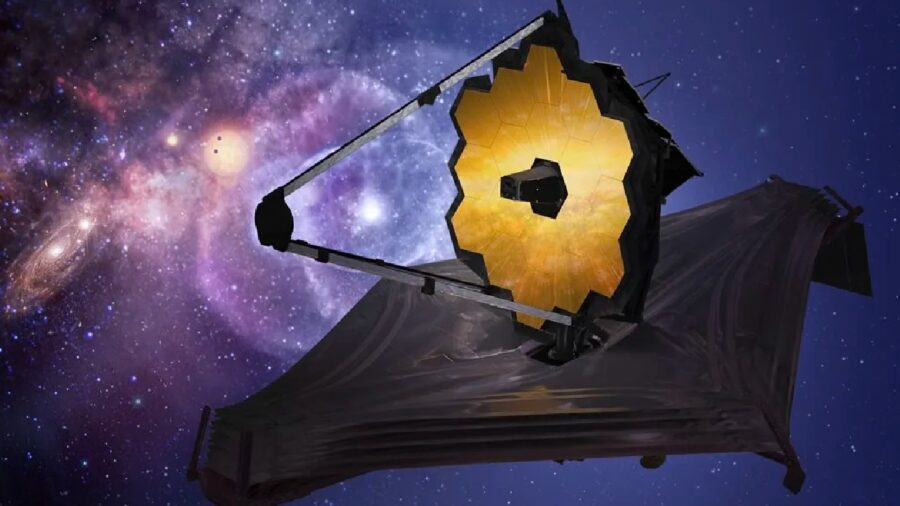
In the last few years, scientists have found numerous galaxies populating the deepest voids of space using the James Webb Space Telescope, including some which seemingly resemble everyday objects from here on Earth. Researchers have spotted galaxies that present in the shape of human skulls, eyeballs, and now, even a massive cosmic question mark. According to a report in NASA.gov, NASA astronomers have uncovered a question mark-shaped galaxy cluster called MACS-J0417.5-1154, which is situated billions of light years away from Earth.
The Question Mark Pair’s Origin

MACS-J0417.5-1154 seems to be comprised of 2 separate galaxies, one of which forms a curved line with a straight end on one side, and another which forms a dot just below, when viewed from a certain angle. Researchers have nicknamed the cluster the Question Mark Pair, and have been studying them intently using both the Hubble telescope’s ultraviolet rays and the James Webb’s infrared data. As far as we can tell at this time, it appears as though the two galaxies once collided with one another, and the compact regions shown on the JWST are the result of gas still shifting and settling following the collision.
A Snapshot Of The Past
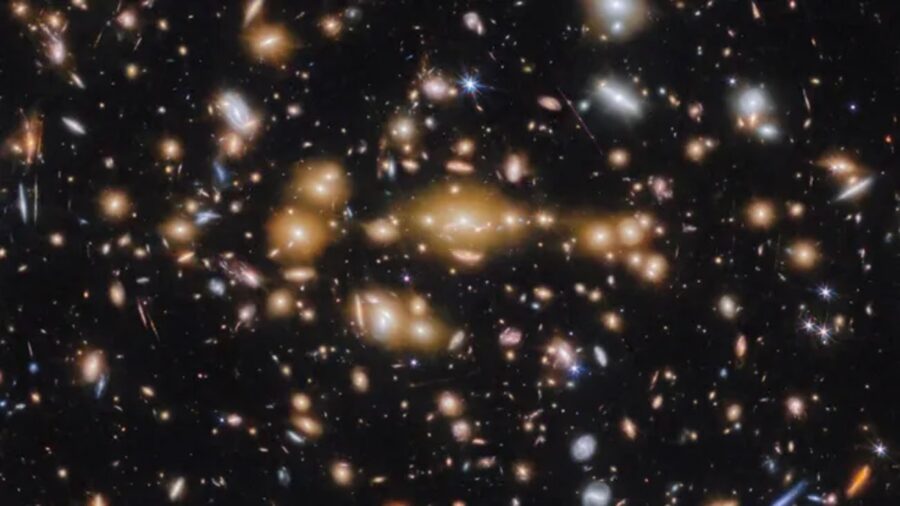
As you may know, light takes time to travel across vast distances in space, meaning advanced telescopes capable of peering thousands of light years into the depths of the void are actually seeing the galaxies as they were in the distant past. This means that any galaxies located billions of light years in the distance, like those located in the Question Mark Pair, have almost certainly undergone many changes since the telescope imaging took place- many may no longer exist at all. This leads NASA scientists to believe that the galaxies in MACS-J0417.5-1154 were seen at the very beginning of their formation, which would have taken place many billions of years ago.
Raises Questions About Newly Formed Clusters
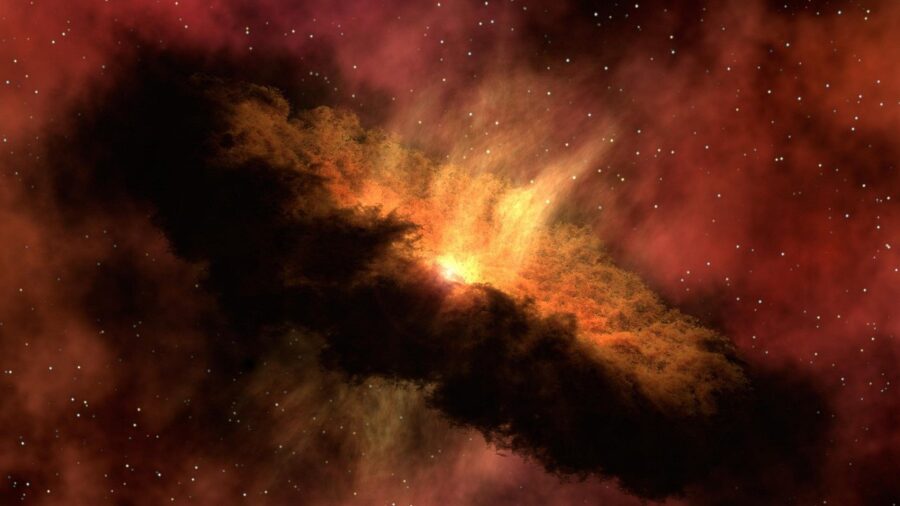
With any luck, studying these galaxies, and others like them, will help scientists to garner a better understanding of how newly-formed clusters settle, especially those that formed closer to the events of the Big Bang. While this is surely fascinating, there’s very little we can do to understand why the cluster appears in the shape of a question mark, beyond simply acknowledging the fact as a coincidence.
Could Very Well Be An Ancient Optical Illusion
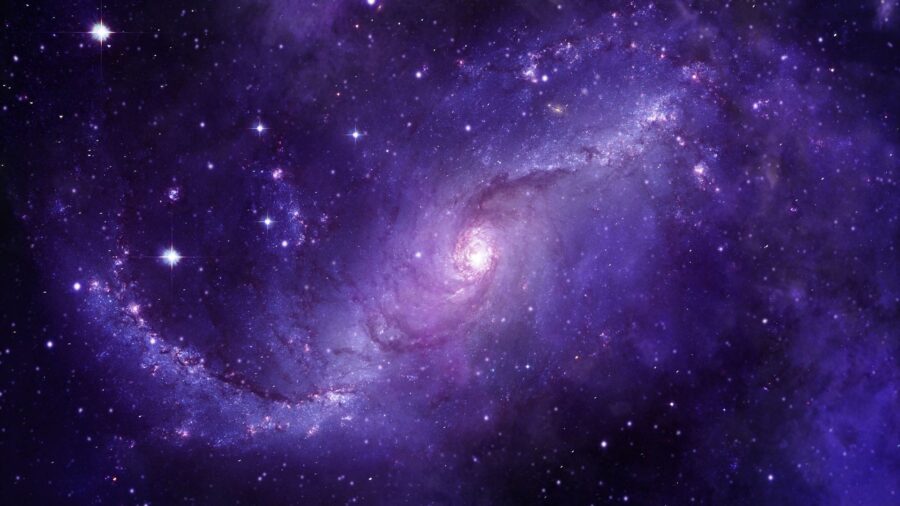
Some scientists have called the formation an optical illusion, while others have explained that space has no inherent sense of up or down, noting that scientists only happened upon the question mark shape through gravitational lensing.
More Questions Than Answers
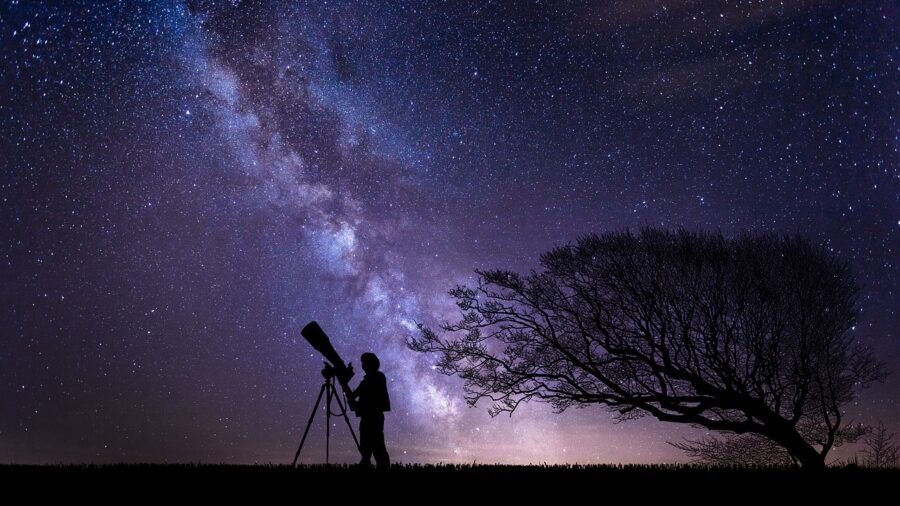
As technology continues to advance significantly in the field of deep-space imaging, we may one day unlock the true secrets of the universe, and understand the exact processes which take shape as galaxies form and cool. In the case of the Question Mark Pair, NASA researchers have referred to the star systems as dusty red galaxies, meaning their stars have low masses which are unlikely to sustain life as we know it.
Ironically, the ancient, distant question mark in the sky seems to be presenting scientists with significantly more questions than answers, and seems to be the subject of much discussion among astronomers.
Source: NASA.gov











